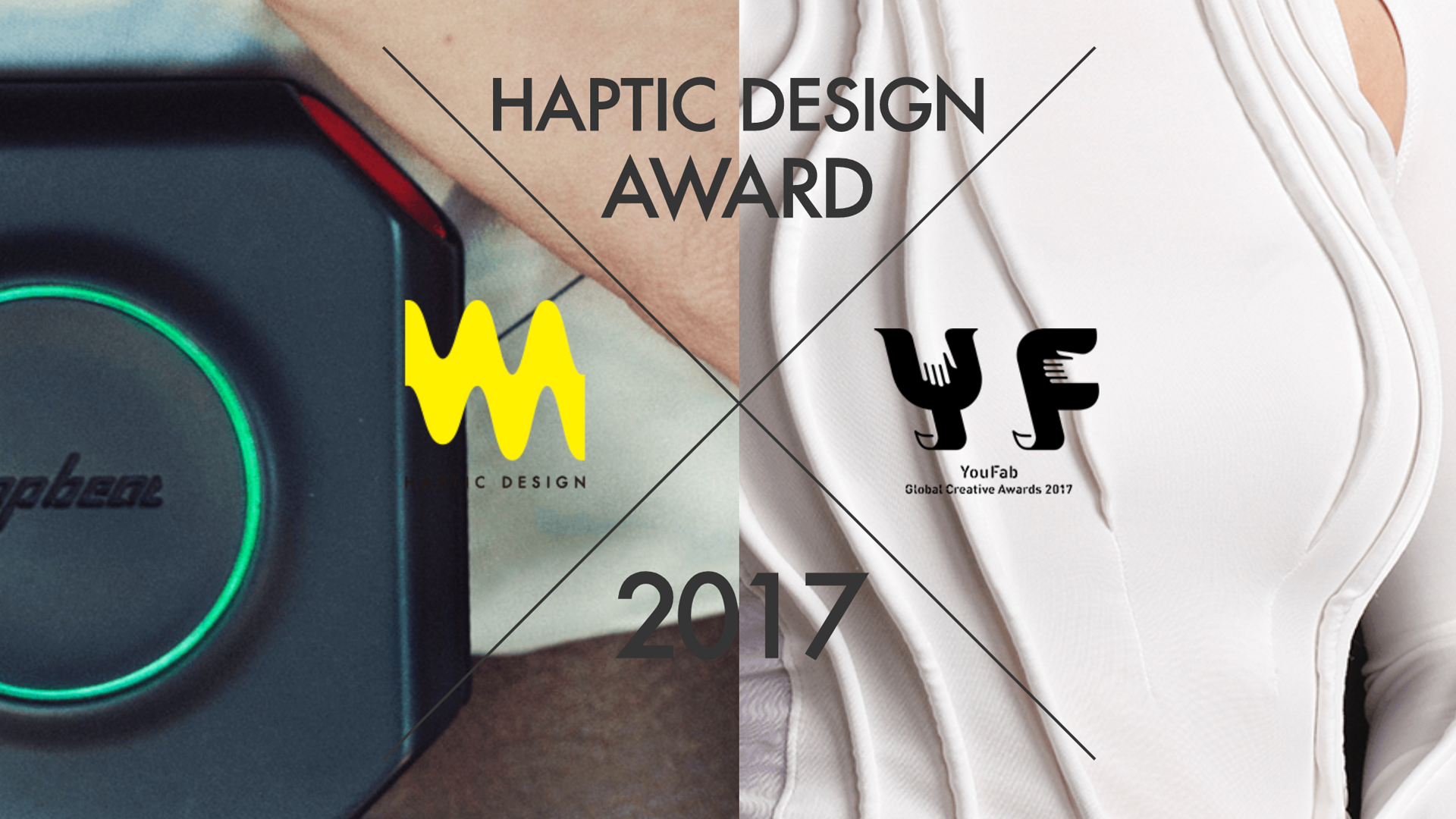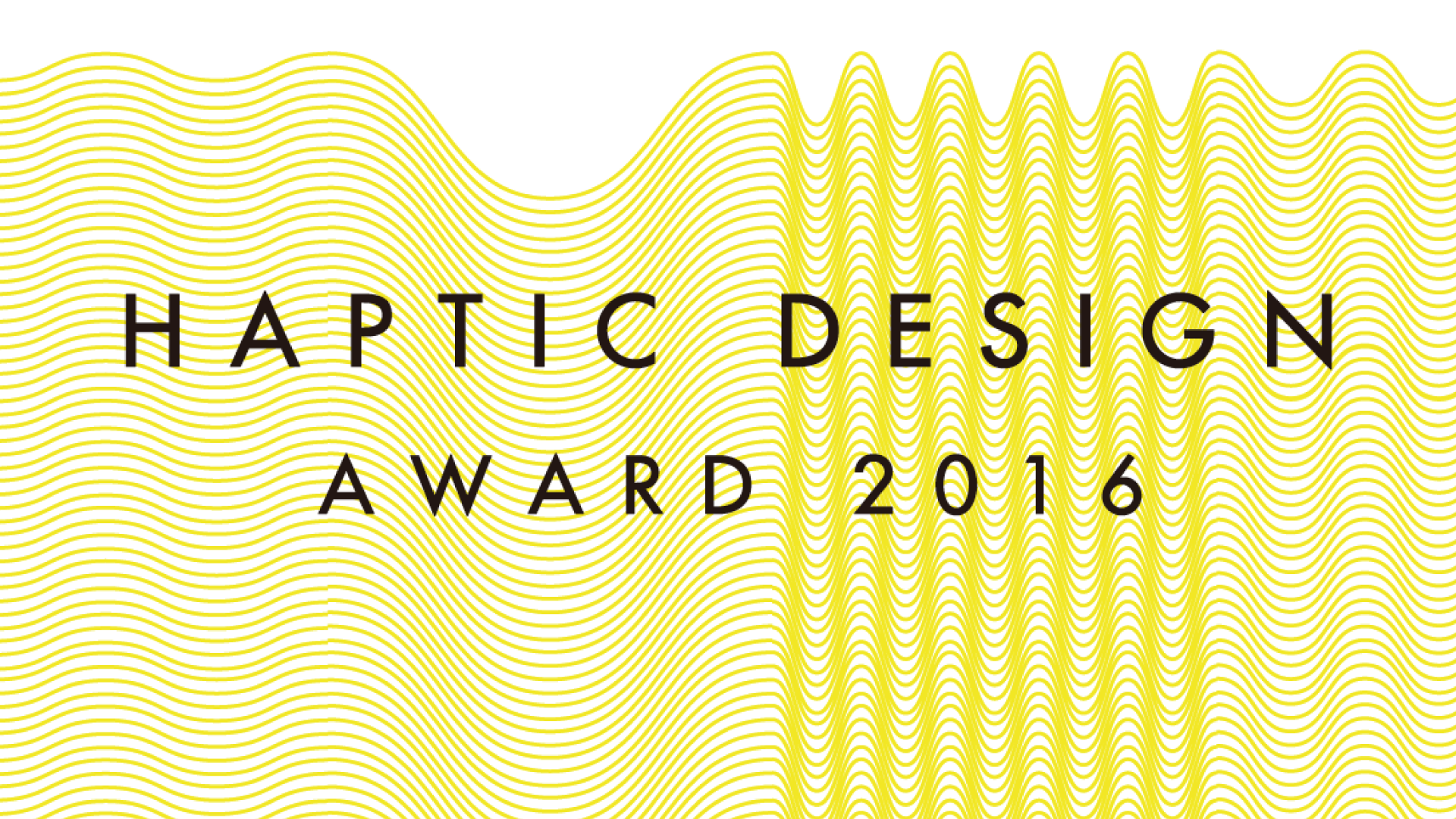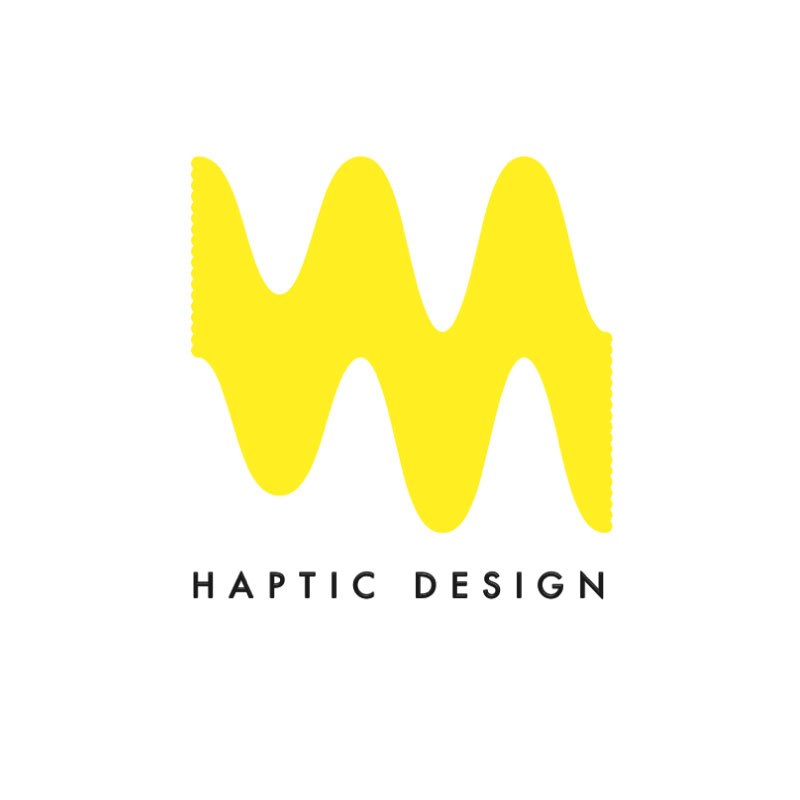From design which you see and hear to design which you "connect" to via your body.
We come into contact with various people and things in our daily lives, and construct relationships through the "sense of touch" which is localized in our bodies. Although design based on the "sense of touch", which is one of our five senses, has been valued in the field of design in the past, until today it had not been named or organized as a method of transmitting texture or information about materials. As with the "sense of sight" and "sense of hearing" of the likes of visual design and sound design, we have named "tactile" design "HAPTIC DESIGN," and we are taking on a new field of design which connects people and things via the body.
-

DESIGN募集期間:TUE, AUG 01, 2017 - TUE, OCT 31, 2017
HAPTIC DESIGN AWARD 2017
HAPTIC DESIGN Award calls for touch-based designs of works or projects. Haptic refers to our sense of touch, which is one of our five senses, and these designs focus on tactile designs that allow us to connect with the world around us with our whole body through touch.
Reports
-

BOOST募集期間:SAT, NOV 19, 2016 - SUN, FEB 05, 2017
HAPTIC DESIGN AWARD
Calling for ideas that feature design guided by the sense of touch!
Reports
What is HAPTIC DESIGN?
The "sense of touch" is the sense of understanding oneself and the outside world via the body.
That means the sense of feeling the texture of something via skin contact, as well as being deeply connected to "emotions" such as joy, anger, pathos, humor, and sympathy.
HAPTIC DESIGN deliberately captures these three characteristic aspects, and designs relationships between people and the outside world via the body.
Past winning works

2016 Grand Prix "The Third Thumb" by Dani Clode
The Third Thumb is a 3D printed thumb extension for your hand, controlled by your feet. The project investigates the relationship between the body and prosthetic technology in new ways. It is part tool, part experience, and part self-expression; a model by which we better understand human response to artificial extensions.

2016 Grand Prix "Ridge User Interface" by Shigeya Yasui
This work is a concept prototype of a new switch interface. This interface is composed of more than two touch sensing areas divided according to perceptual ridges including three-dimensional levels and obstacles. Rather than operations such as "Push the button," or "Touch the specified side," like on existing switches, actions such as "Slide your finger and pass over the perceptual ridges" are used for the switch as well as to generate tactile feedback. Due to this, in addition to the characteristic of making it more difficult for unexpected malfunctions to occur, the simple structure allowed for a high degree of freedom in modeling. This work breaks new ground in the world of information design due to its three-dimensional modeling from both the aspects of sense of sight and sense of touch.

